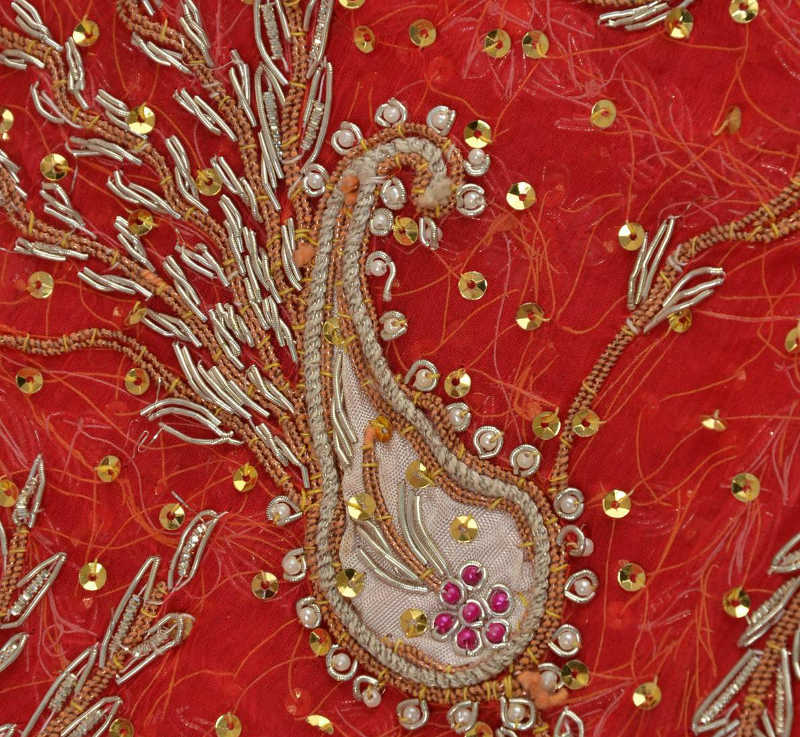===
1746,
1
===

=== |
 |
ʿahd-e junūñ hai mausam gul kā aur shigūfah lāyā hai
abr-e bahārī vādī se uṭh kar ābādī par āyā hai
1) it is the time/era of madness; the rose-season has brought about more/different fertility/creativeness
2) the spring (rain-)cloud, having arisen from the valley, has come upon the town/city
shigūfah : 'A bud, blossom; flower; (colloq.) a fabrication'. (Platts p.732)
shigūfah lānā : 'To bud, blossom; to put forth young shoots; —to produce something new and wonderful'. (Platts p.732)
FWP:
SETS
MOTIFS == MADNESS; SPRINGTIME
NAMES
TERMS == IDIOM; TAJNISAt the end of his discussion SRF notes the stylized quality of the concept of 'springtime', which both is (poetically) and isn't (in actual fact) the same as the 'rose-season'. Similar flexibility apparently exists in the case of the lālah , which can be either the tulip in Iran or also the red poppy in India (Platts p.947). Another such case is that of the bulbul , which in Iran is the nightingale and in India is, ornithologically speaking, 'the fork-tailed shrike, Lanius boulboul' (Platts p.164). The zunnār , now unambiguously a Brahminical sacred thread, could once have referred to 'a cord worn round the middle by the Eastern Christians and Jews, and also by the Persian Magi' (Platts p.618). (Along the same lines, many Sanskritists think that soma , the Vedic psychedelic plant, probably referred to different species in different times and places.) For further discussion, see G{60,8}.
How much do such discrepancies matter? Unless you're a 'natural poetry' advocate, very little. The ghazal is a genre, after all, in which the dead lover can, and often does, go right on talking after his death. If we can accept that convention (which is only the most striking among many such), why should we boggle at such trivia as the exact chronology of springtime?